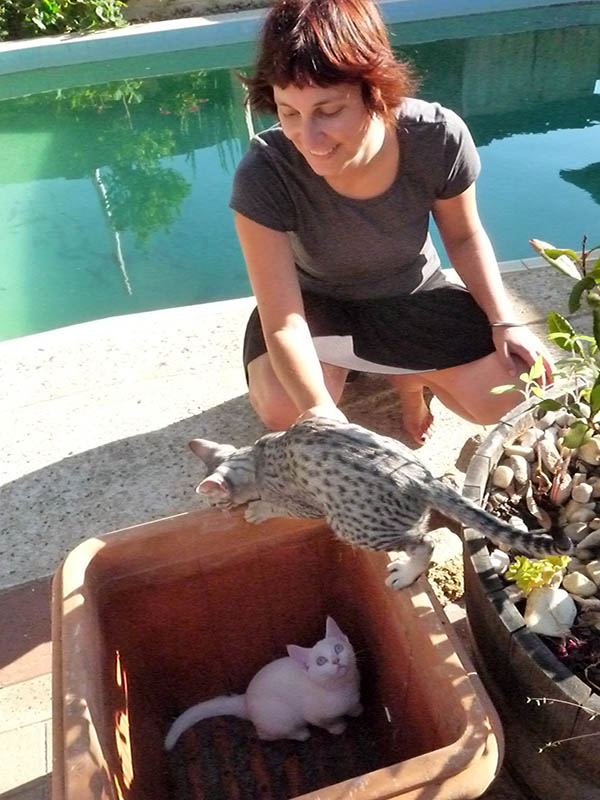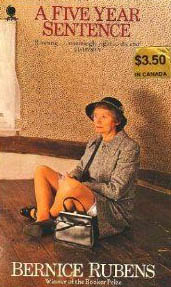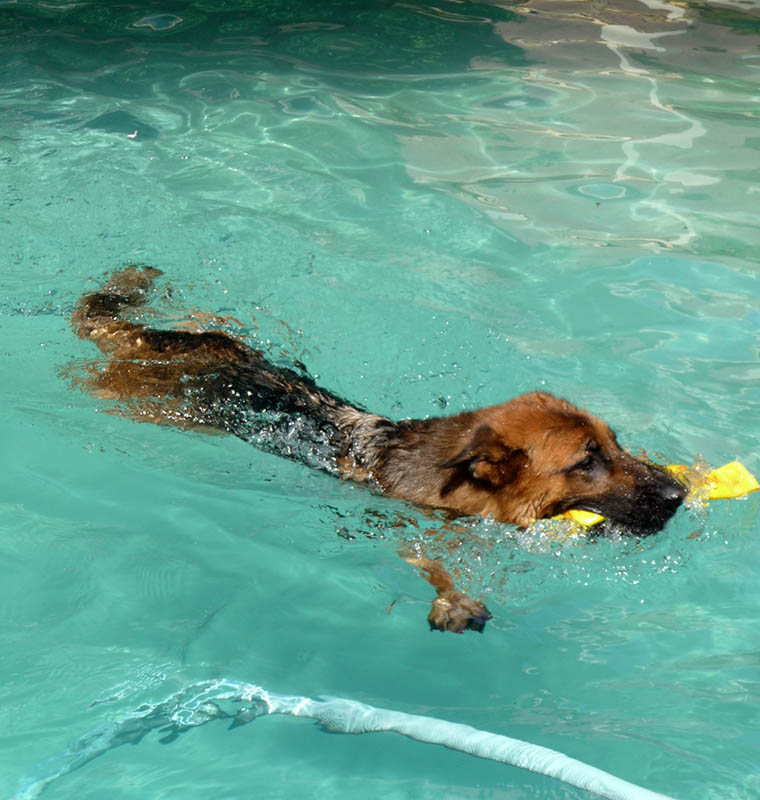At what point does the seemingly endless round of editing and getting people to read your manuscript become self-defeating? The objective, no doubt, is to refine the manuscript so that the best possible product reaches a publisher or, in my case, potential publisher. Somewhere along the line, however, this quite possibly ends up sliding towards nitpicking, navel gazing and – essentially – procrastination.
A friend of mine has a simple mantra in life, one that’s borrowed without shame or compromise from the corporate world: just Do It! I admire her for this enormously and am often slightly envious at the capacity she has to live up to those words. She’s a great example to her many students and, indeed, to me. So whenever I start to debate the finer details of syntax, grammar, sentence construction, paragraph length and so on for too long, I try to haul myself back from disappearing down that rabbit hole and try to keep a sense of perspective. I remind myself that, whilst correct spelling, appropriate grammar and the position of a comma or apostrophe are all very important, so is finishing a product and getting it out there. Finding the balance between procrastination and a gung-ho attitude is the key to just doing it whilst doing it right.
In that spirit, I tidied up the final details of my epic tome this weekend – adding and captioning some photographs and scanned images – and have sent it off for some final line editing. Are these edits really necessary? Probably not, but I’m pedantic enough to want to be sure that the product I take for professional assessment by a publisher is indeed the best that I can produce. To an extent doing so will make rejection tougher than if I knew that it still needed a lot of work, but at least I won’t castigate myself unduly for not having done a good job upfront – whatever the outcome.
I actually have no idea how long other writers take to edit and tidy up their manuscripts prior to submission. My only benchmark is my thesis – and that took an awfully long time, partly because reference checking is exacting and very time hungry. This round of editing (by no means the first) started in September last year. Given that December was a write-off, that still means that this is the fourth month of nitpicking, of checking for consistency and formatting, along with everything else.
Things I’ve done that have worked:
Chang ing the font and colour of the text. This makes me actually read every word, rather than letting my eyes slide over them and not see typos. This is a real pro tip, by the way 🙂
ing the font and colour of the text. This makes me actually read every word, rather than letting my eyes slide over them and not see typos. This is a real pro tip, by the way 🙂
Printing out a hard copy and reading it as though it’s a book by someone else – and being ruthless with a red pen whenever I find an error.
Reading sections out aloud to myself, since this often shows me where the errors lie more clearly than anything else does – particularly where the commas should (or shouldn’t!) be.
Things I’ve done that haven’t worked: Procrastinate. Yup, that’s about it really.
So – onwards (to victory, and beyond!). I await feedback from a couple of people and must then knuckle down and submit the manuscript as a book proposal to local publishers. Exciting times…







